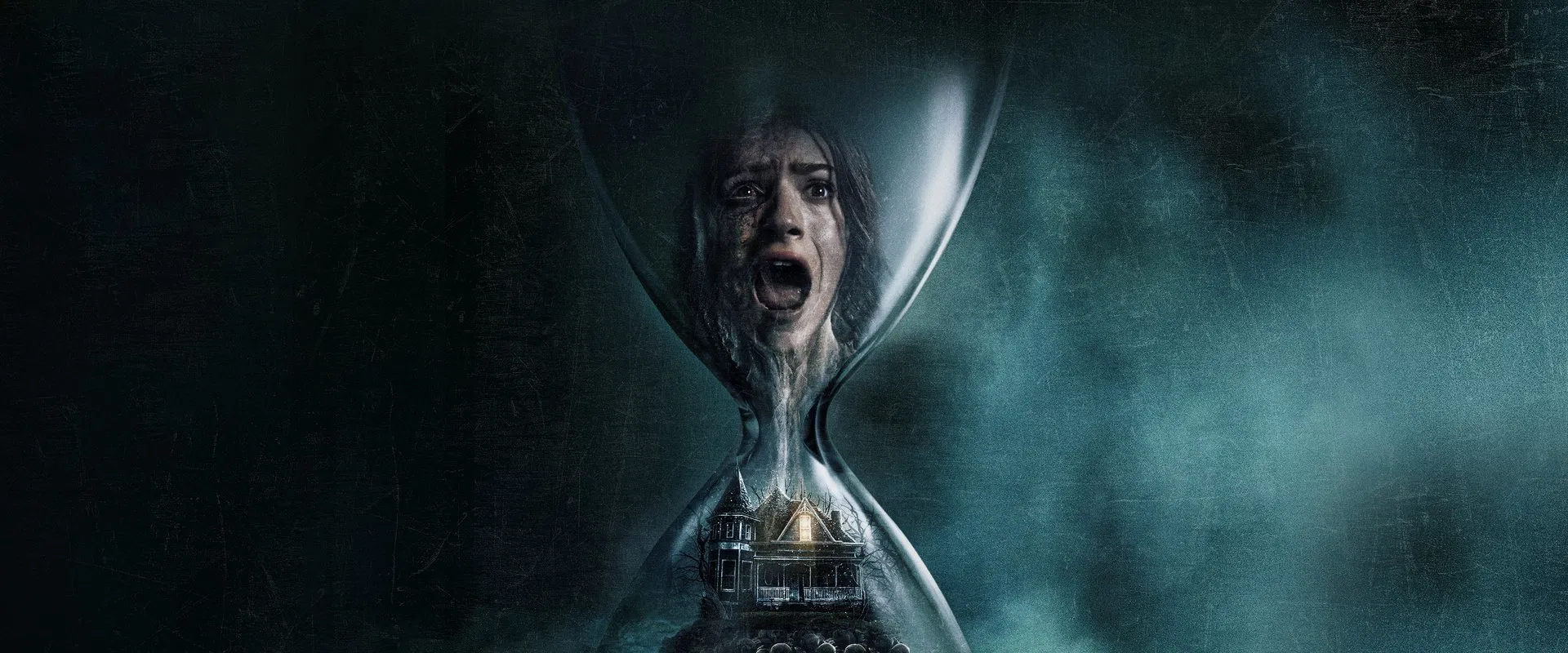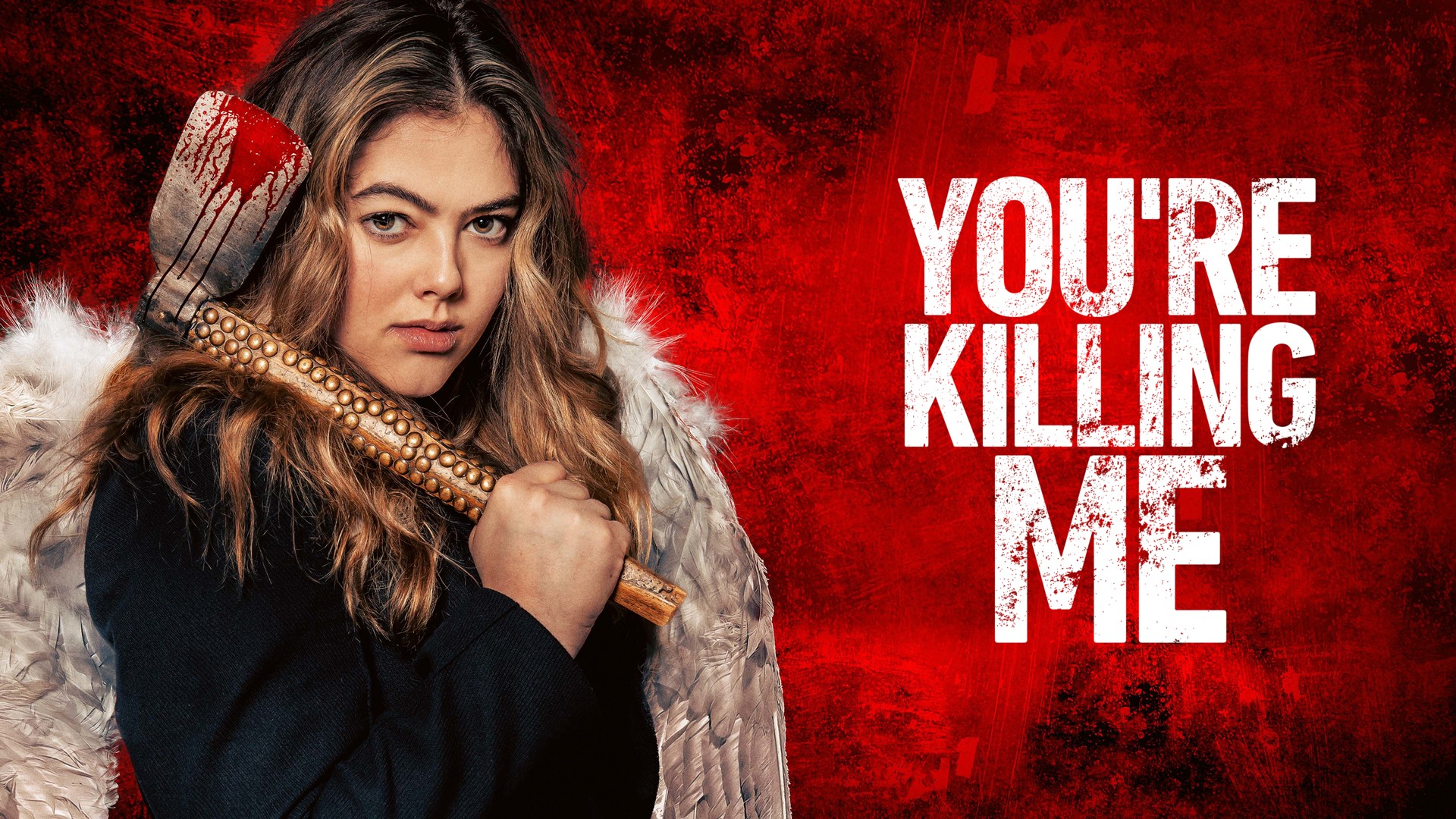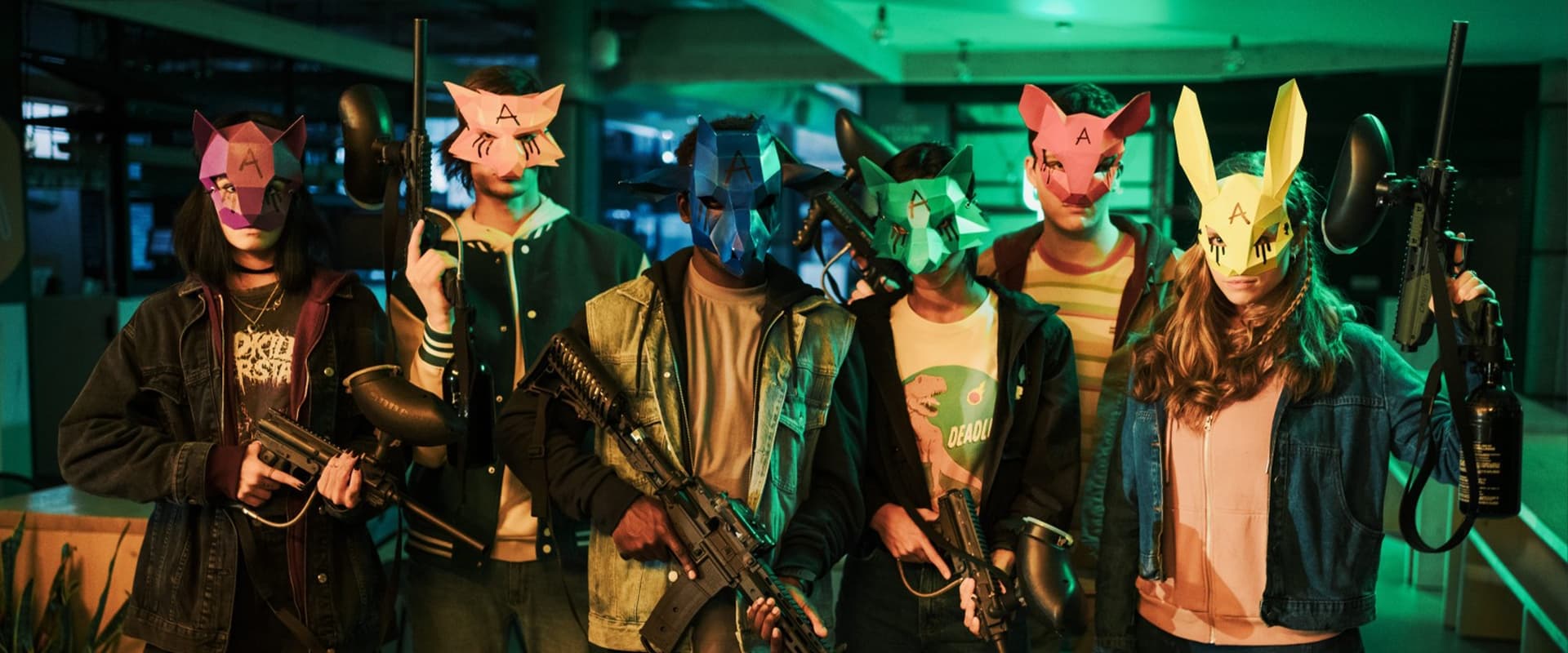What we have in Until Dawn is less a horror film than a breathless round of charades performed at the world’s noisiest sleepover—everyone putting on their most rubbery "terrified" faces but nobody remembering quite what play they’re in. The filmmakers, with the game’s title in one hand and an empty grab bag of horror clichés in the other, seem to have asked themselves, “Should we tell the story so many cared about?”—and then tossed the question straight down the mineshaft.
It’s as if, somewhere during preproduction, everyone got together and agreed not to call the spirit of the game. “Wendigos, anybody remember those?” one producer shrugs, desperately paging through fan wikis. The mythos, so decadent and eerie in the game (all that cursed folklore and fatal consequence), is flattened into a carnival of cheap tricks: a time loop here, a therapy metaphor there, and kills shuffled giddily like playing cards. Instead of the butterfly effect—the mad, tantalizing pleasure of watching one small choice snowball into emotional apocalypse—here we’re handed a hamster wheel, running for the sake of running, thirteen deaths at a time. And why does any of it matter? We’re told, with all the urgency of a theme park tour guide, that it doesn’t.
Yet the damnedest thing about this shrieking, percussive mess is how those ninety-odd minutes positively zip by. The movie can’t offer suspense worth a dime, but it delivers the sugar rush of violence with cartoon efficiency. A character explodes because she drank the wrong tap water, another is snatched by unseen hands, and when there is blood, it’s a fleeting, chewy joke—the punchline lost in the murk. The darkness isn’t just atmospheric: it’s strategic, camouflaging everything from creative budget constraints to unfinished horror gags. You begin to suspect the real monster is the lighting designer, gleefully plunging most of the movie into blackout to spare us the indignity of getting attached.
And still, I was never bored. That’s the film’s true, insidious trick: it monkey-bars its way from set piece to set piece so frantically, the only real horror is being left to think for too long. The actors—young, photogenic, scrambling for something to do—tumble through the loops like B-movie wind-up toys. Peter Stormare, returning from the game universe, soldiers on through the genre fog with the stoic confusion of a Shakespearean actor at an off-Broadway escape room. The rest of the cast manage the rare feat of appearing both present and wholly replaceable.
The plot—such as it is—feels like the daily rushes of a writing room trapped in its own time loop: everything in frantic motion, nothing fixed. Motivation is a rumor, backstory a single-word note scribbled on the call sheet. By the time we reach the finale, the only question left is: "Are we done?" The answer: mostly, kind of, ignore the whistling.
But Until Dawn does make good on one part of its contract: you’re never lost in ennui. The entertainment value, as lurid and shallow as a TikTok jump scare, is the only thing Sandberg serves up with conviction. For the true believers who mourn the loss of emotional wreckage, of consequence, of sorrow—look elsewhere. This film’s boldest act is to wink at the joystick, jettison all trace of heart, and sprint for the funhouse exit.
The problem? You don’t survive Until Dawn—you endure it. And if you feel haunted afterwards, it’s only by a nagging sense that someone, somewhere, owes you the real story back.


